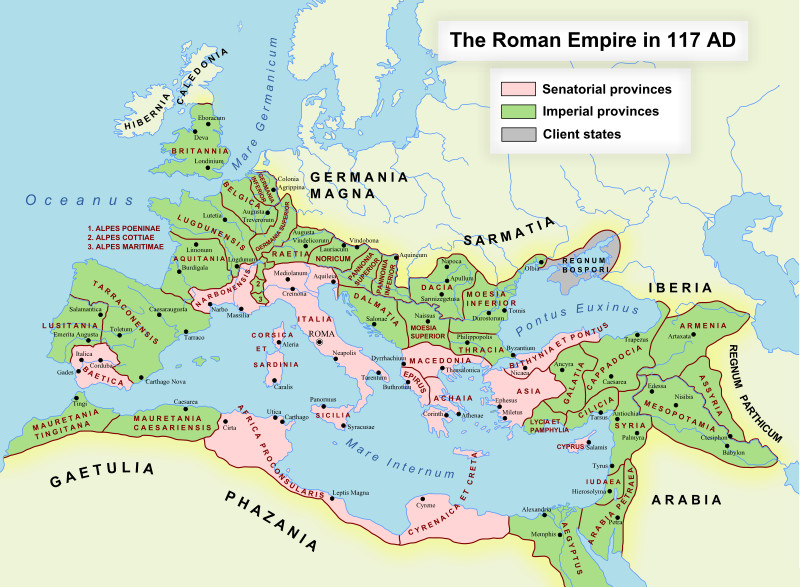ΡΩΜΑΝΙΑ
ROMANIA –East Roman Empire (ΡΩΜΑΝΙΑ)
Tho honor Ana Maria Padurean and her Works in AdLandpro

Romania
The Byzantine Empire and Eastern Roman Empire are conventional names used to describe the Roman Empire during the Middle Ages, centered on its capital of Constantinople. It wasreferred to by its inhabitants and neighboring nations simply as the RomanEmpire (in Greek Βασιλεία Ρωμαίων, BasileiaRōmaiōn), Empire of the Romans or Romania (Ρωμανία, Rōmaniā). Its emperorscontinued the unbroken succession of Roman Emperors, preserving Greco-Romanlegal and cultural traditions. To the Islamic world it was known primarily as روم (Rûm "Rome"). Due to the linguistic, cultural, and demographicdominance of medieval Greek, it was known to many of its western Europeancontemporaries as Imperium Graecorum, the Empire of the Greeks (see also theetymology section).
The Eastern Roman Empire'sevolution from the ancient Roman Empire can be seen as a process beginning whenthe Emperor Constantine transferred the capital from Nicomedia in Anatolia toByzantium, which was renamed New Rome or Constantinople, on the Bosphorus.
By the 7th century, under thereign of Emperor Heraclius, whose reforms changed the nature of the Empire'smilitary and recognized Greek as the official language, the Empire had taken ona distinct new character. During its thousand-year existence the Empiresuffered numerous setbacks and losses of territory but remained one of the mostpowerful economic, cultural and military forces in Europe. The empire'sinfluence also spread into North Africa and the near East for much of theMiddle Ages.
After a final recovery underthe Komnenian dynasty in the 12th century the Empire slipped into a longdecline culminating in the capture of Constantinople and the remainingterritories by the Ottoman Turks at 29th of May 1453.
The Empire, a bastion ofChristianity and one of the prime trade centers in the world, helped to shieldWestern Europe from early Muslim expansion, provided a stable gold currency forthe Mediterranean region, influenced the laws, political systems, and customsof much of Europe and the Middle East, and preserved much of the literary worksand scientific knowledge of ancient Greece, Rome, and many other cultures.
The history we track following maps.
| ROMANIA (ROMAN Empire)

click to enlarge
|
Todays Romania was the nothernRoman and later Byzantine province, which later got autonomy. You may find lotsof information in Ana Maria Padurean's from Pepublic of ROMANIA. TodaysRomanians are a mixture of what once was the Thraco-Dacian Kingdoms andprovinces and Gothic, South-Slavic, Greek, Italian and Mongolic people.
Though this land keeps name Romaniatheir language is Latin meanwhile other parts like Pontus, Capadocia and other of the world speak Hellenicdialects called Roman (Romeika) because of their participation as in the Easter RomanEmpire.

Click above - Hagia Sophia - The Symbol of ROMANIA
Aka Byzantine Empire - East Roman Empire
If Civilization fell it is blooming and it will reveal
Pontian Song in Romeika Dialect (Greek Pontian)
More information about the modern country Romania in Ana Maria Padurean's forum
ROMANIA, and Kaleidoscope
Come celebrate with Anamaria Padurean !!!!!!!!!Kindly Regards
Georgios